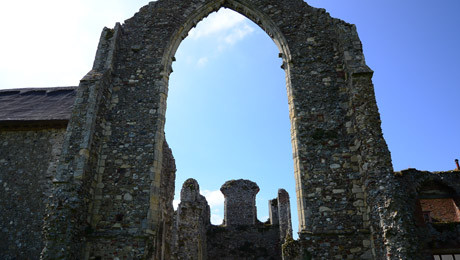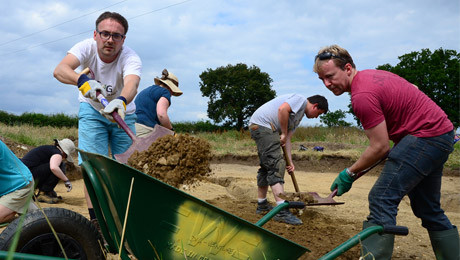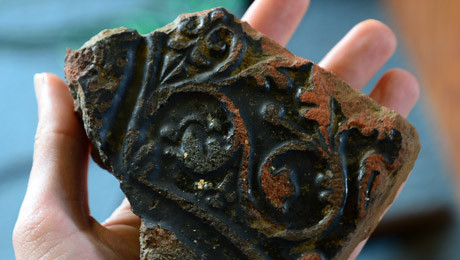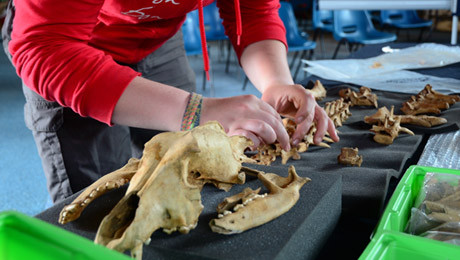Ruins are rarely the remains of a single phase of building, and Leiston Abbey certainly has a chequered past. Having started its life in 1182 out in the wilds of Minsmere, it was dismantled and moved stone by stone five miles further inland, only for it to be burnt down, repaired, shut down and eventually reborn as a working farm. The ruins that stand today are the remains of a living, breathing building whose walls bear the signs of a remarkable and turbulent history…
The ruins of Leiston Abbey now stand on the edge of the village of Leiston. Like many ancient buildings, Leiston Abbey was not built in one phase. Instead, it is the product of many cycles of construction, damage, repair and repurposing.
In fact, Leiston Abbey started out in an altogether different location. Founded in 1182, the canons first settled 5 miles away on a site much closer to the coast at Minsmere. The land was swampy, wet and full of mosquitoes. We don’t know whether they chose this inhospitable site deliberately, or whether it was simply the best available land at the time; either way, it was clear that the priests had had enough.
The priests launched a relocation campaign among the local community after a flood weakened the abbey’s foundations. Promising religious favours for all benefactors, one of their parishioners eventually donated a new patch of land further inland. Dismantling the original abbey, they moved it stone by stone to its current site at Leiston.
3D Plan of Leiston Abbey – Navigate by clicking the numbers to see what the different areas were used for
The priests recycled much of the original materials from Minsmere to rebuild the abbey, and incorporated new stylistic and functional elements in keeping with updated architectural trends. The resulting structure we see today is a unique mixture of 12th and 14th century features, and given their earlier issues with flooding, early evidence suggests that major drainage channels were dug to safeguard against flooding.
But even this monumental effort did not have a happy ending. Just 10 years after building had been completed, the new domestic buildings were damaged in a fire and had to be patched up, for the third time, in 1380. You can navigate through the 3D plan to find out what the different buildings were used for, and when they were built.
With the priests firmly ensconced in their newly refurbished abbey, the original site was left to ruin… Or was it? Actually, it turns out that instead of abandoning it completely, the priests refashioned some of it into this small chapel, which they continued to use until the dissolution in 1563.
So how did life compare from the old swampy site at Minsmere to that of their new home, among the verdant fields at Leiston? What activities continued in the new site, and what activities were dropped? And did they continue to use the site at Minsmere, not just as hermitage cell, but perhaps also for some industrial or economic interest?





